Travelogue: Pilgrimage to Historic Haridwar and Badrinath
By Deepak Shenoy K
Bellevision Media Network
Udupi, 10 Oct 2012: The Haridwar-Badrinath Pilgrimage was undertaken by By Veda Murty Chempi Ramachandra Anantha Bhat, Sri Alevoor Suresh Shenoy, renowned businessman of tourism industry in Karnataka, Veda Murthy Kalyanpur Ganapathi Bhat and others from 23 September to 3 October 2012. The pilgrimage started from Udupi to Haridwar-Badrinath in the Uttarakhand State.
Brief History of Haridwar:
A paradise for nature-lovers, Haridwar presents kaleidoscope of Indian culture and civilization. Haridwar also termed as ’Gateway to Gods’ is known as Mayapuri, Kapila, Gangadwar as well. The followers of Lord Shiva(Har) and followers of Lord Vishnu(Hari) pronounce this place Hardwar and Haridwar respectively as told by some. It is also a point of entry to Dev Bhoomi and Char Dham (Four main centers of pilgrimage in Uttarakhand) Viz. Badrinath, Kedarnath, Gangotri and Yamunotri.
Archaeological findings have proved that terracotta culture dating between 1700 B.C. and 1200 B.C. existed in this region.
Legendary king Bhagirath is said to have brought the river Ganga from heaven to earth in order to provide salvation to his ancestors. It is also said that Haridwar has been sanctified by the presence of three Gods- Brahma, Vishnu and Mahesh. Lord Vishnu is said to have his foot print on the stone that is set in the upper wall of Har-Ki-Pauri where the Holy Ganga touches it at all the times. Devout believers feel that they can go to heaven by getting their salvation after a dip in the sacred Ganga at Haridwar.
Haridwar is also one of the four places where Kumbh Mela occurs after rotation of every twelve Years and Ardh Kumbh after every six years. It is said that drops of Amrit (elixir) fell in to the Brahmakund of Har-Ki-Pairi, therefore considered that a dip in the Brahmakund on this particular day which is very auspicious and when Jupiter (Brahaspati) comes to the sign Aquarius (Kumbh) once in every twelve years the Maha Kumbh fair is celebrated at Haridwar.
Yet beyond the mystic aura and mythology, Haridwar casts another magic spell on the visitor. Being one of the oldest living cities, Haridwar finds its mention in the ancient Hindu scriptures as it waves through the life and time stretching from the period of the Buddha to the more recent British advent. Haridwar has not only remained the abode of the weary in body, mind and spirit, but also served as centre of attraction for many for learning, arts, science and culture.
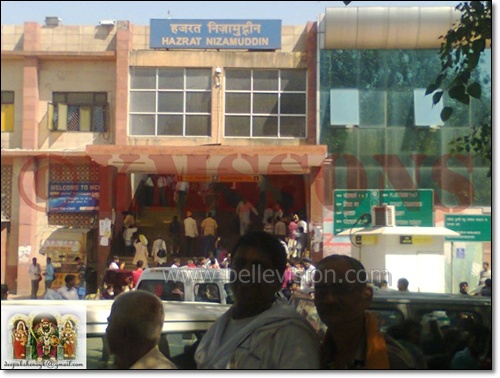
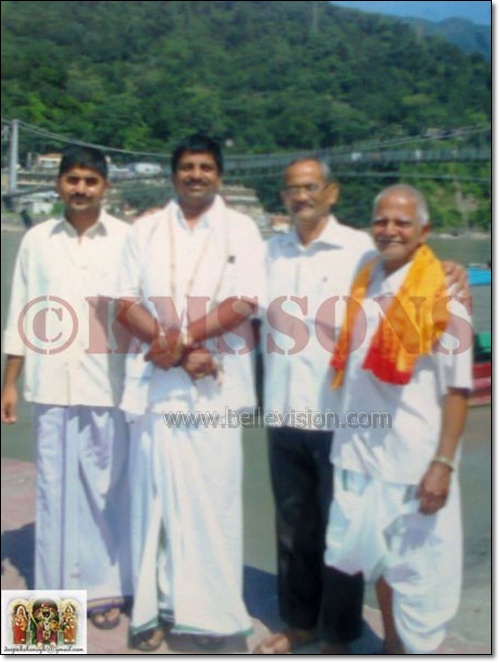
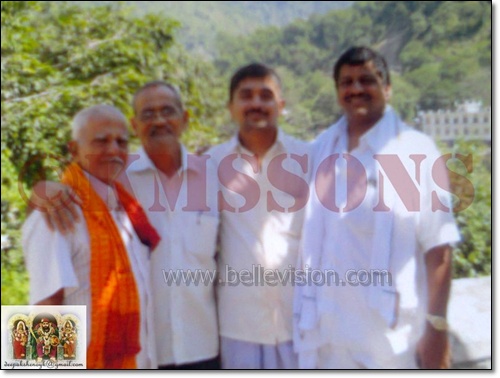
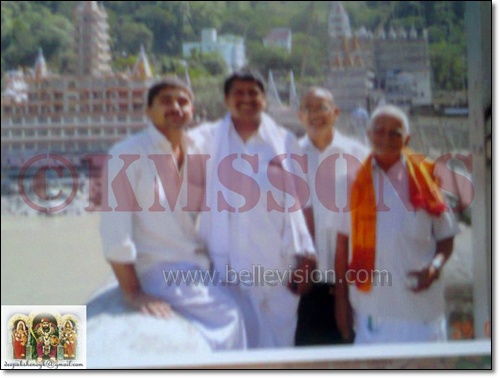
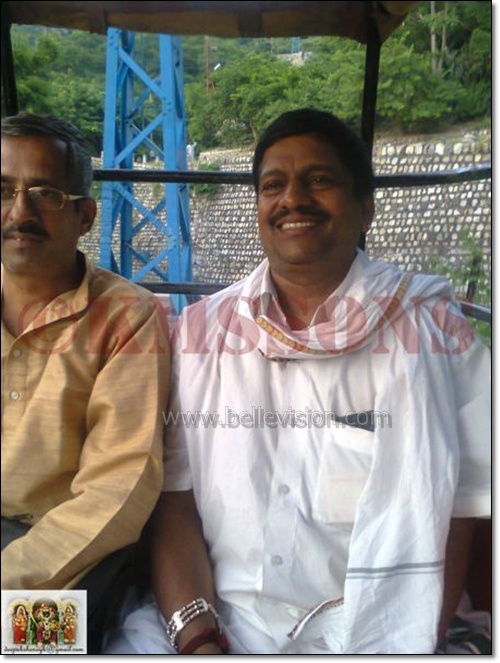
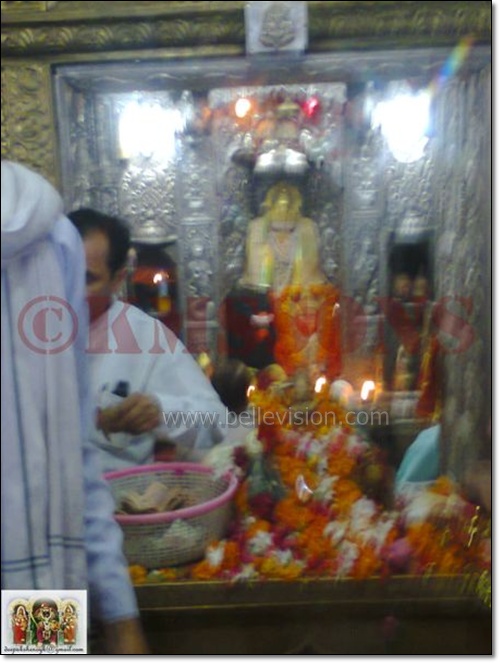
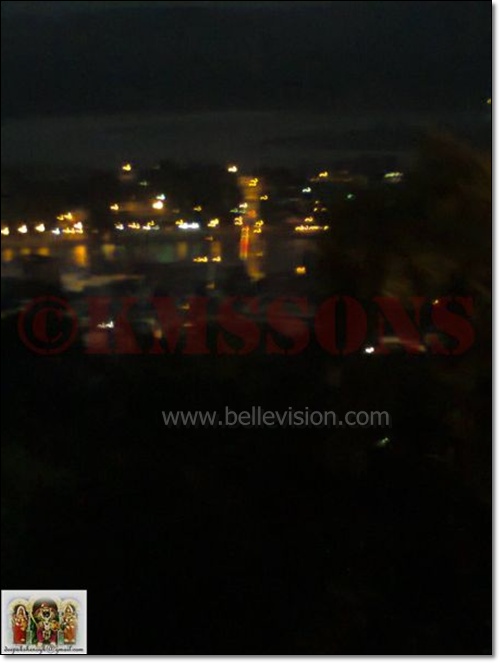
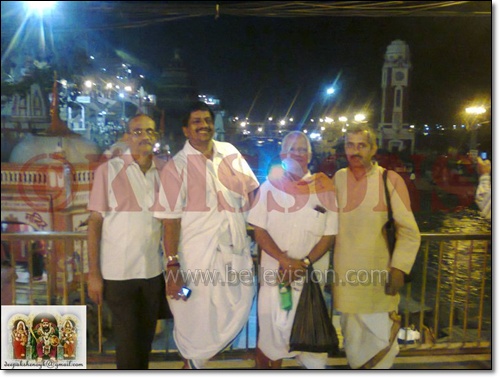
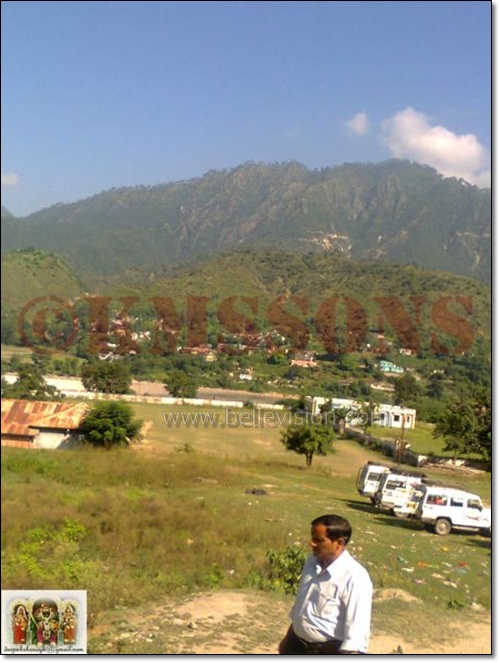
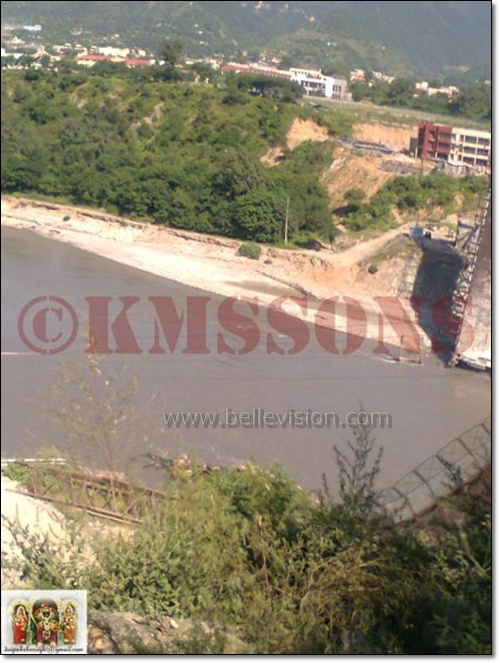
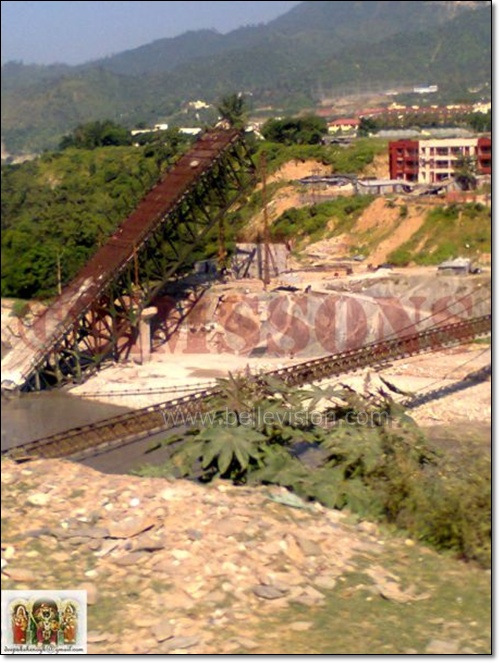
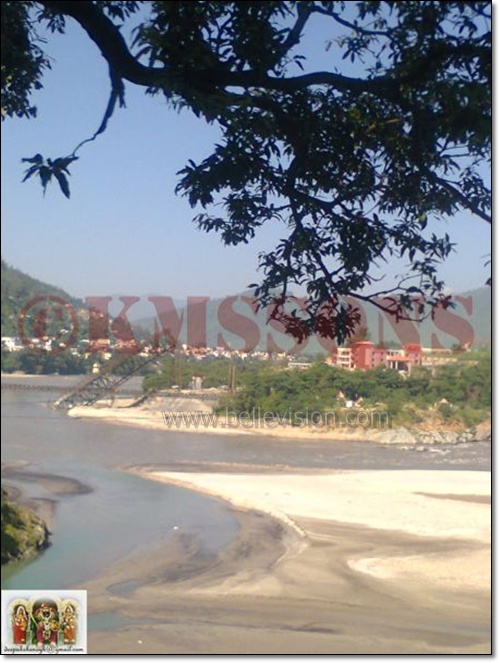
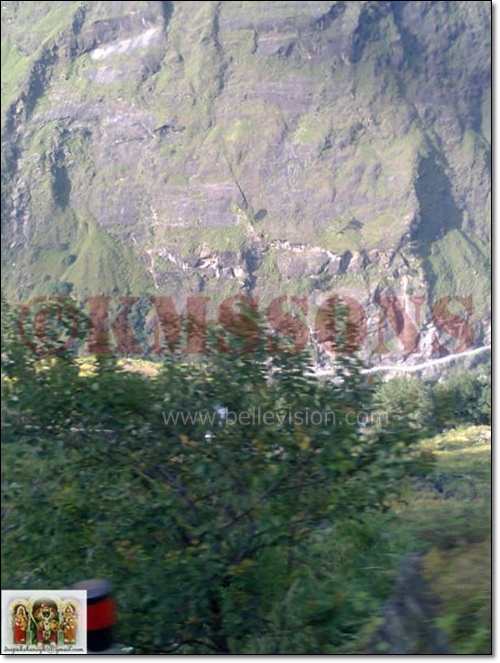
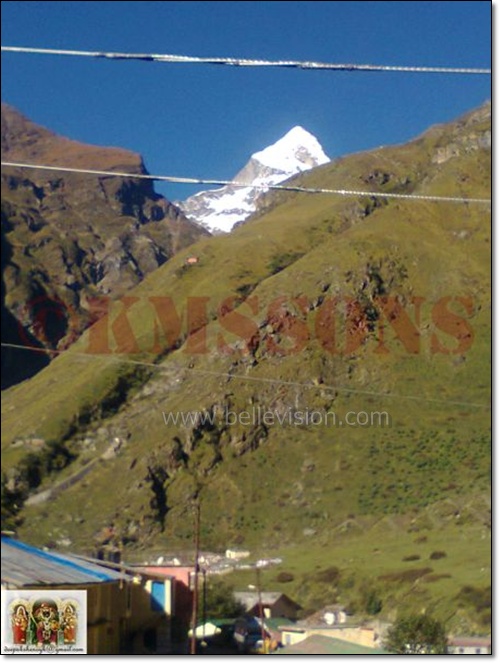
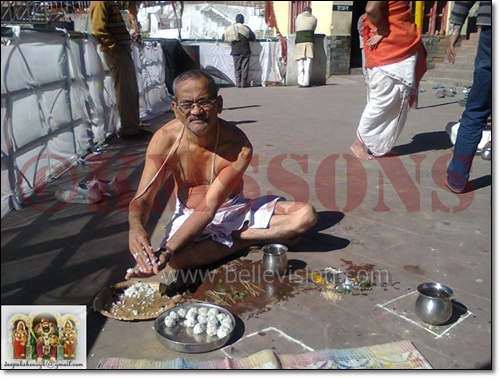
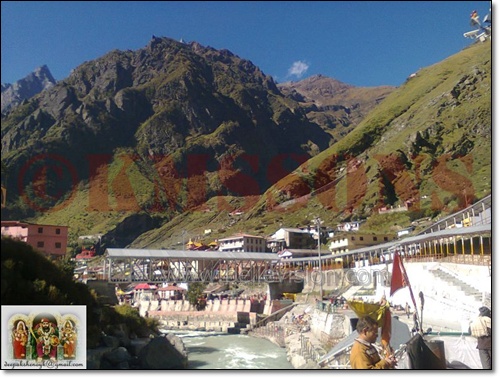
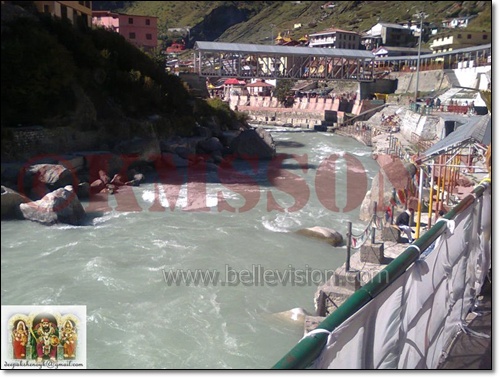
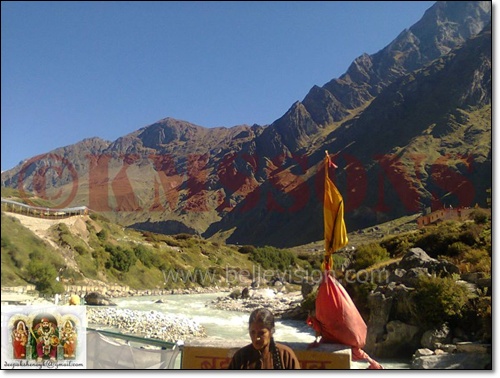
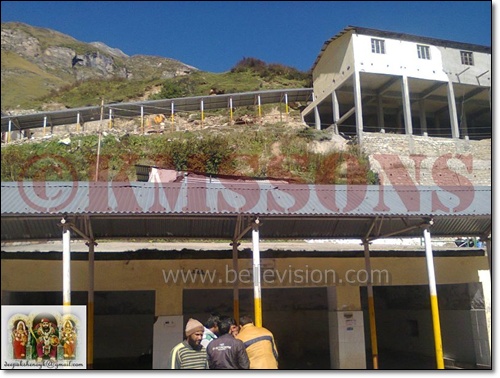
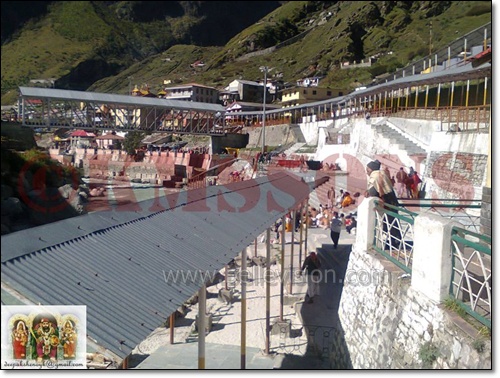
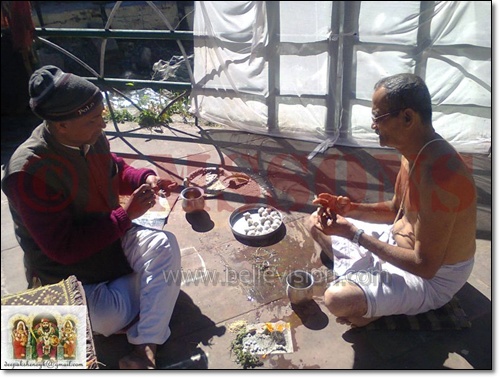
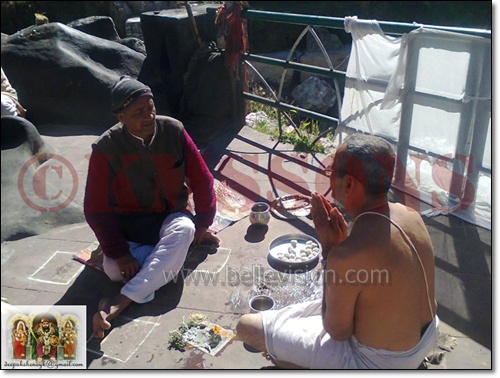
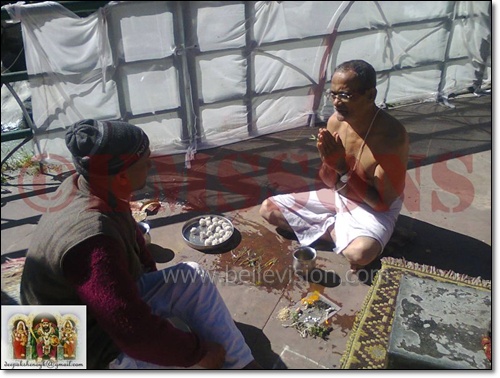
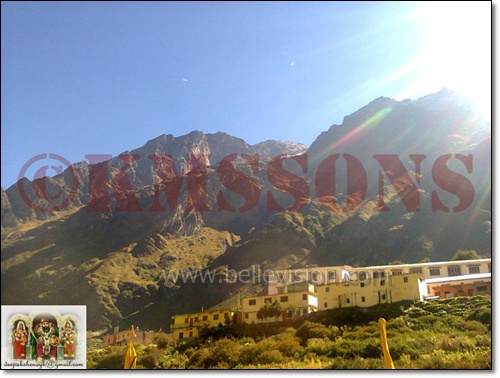
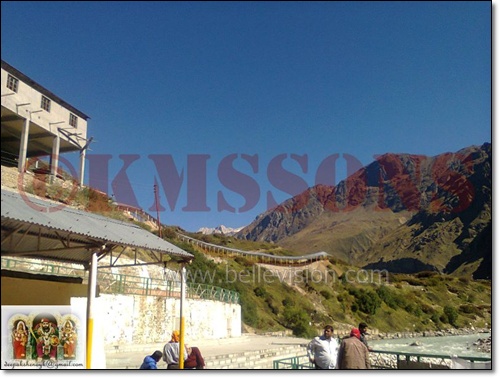
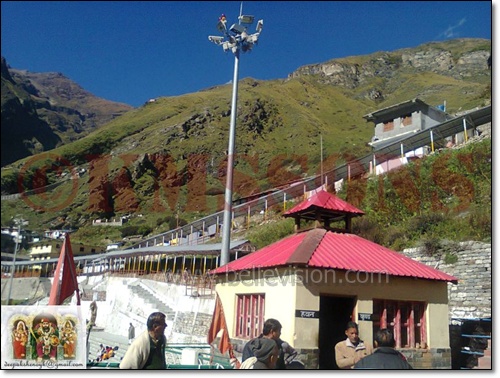
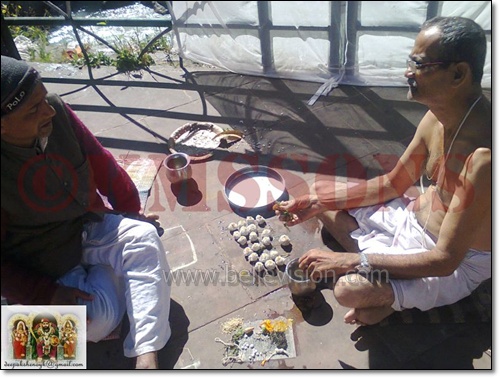
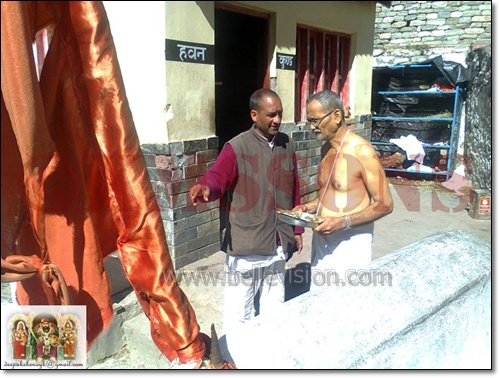
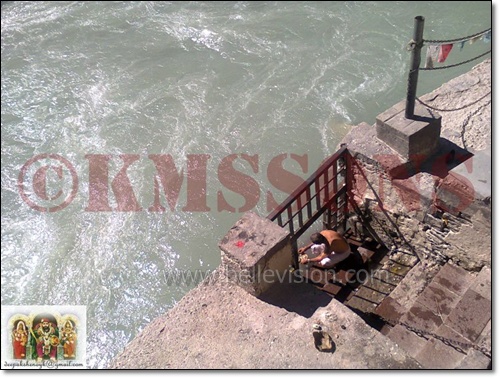
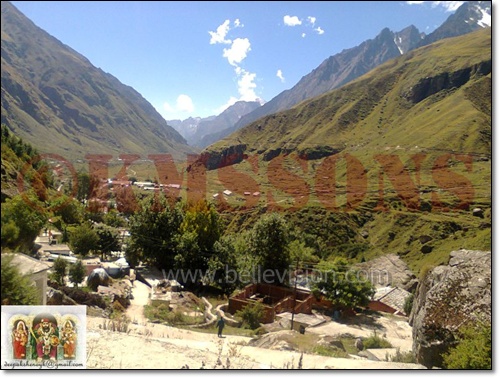
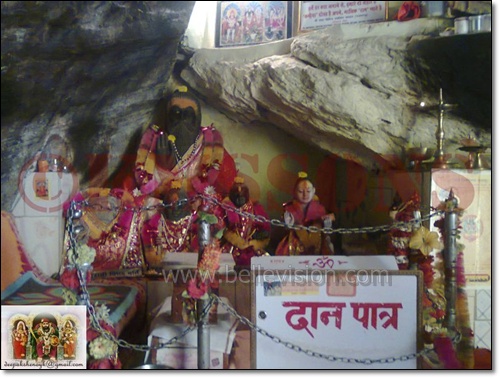
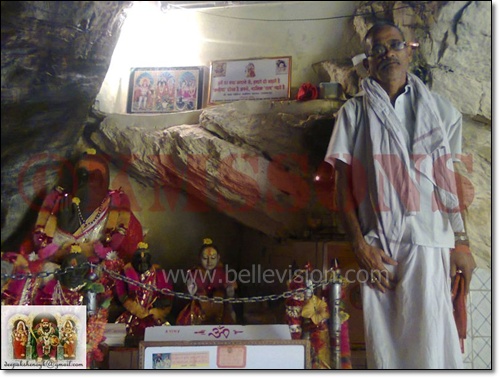
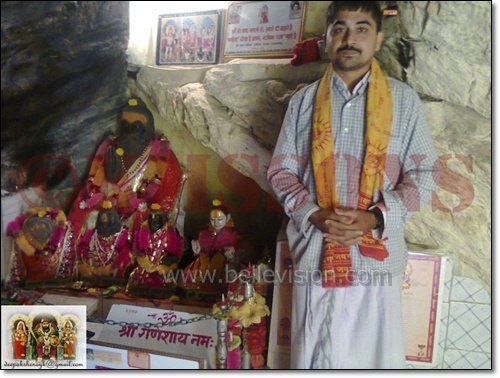

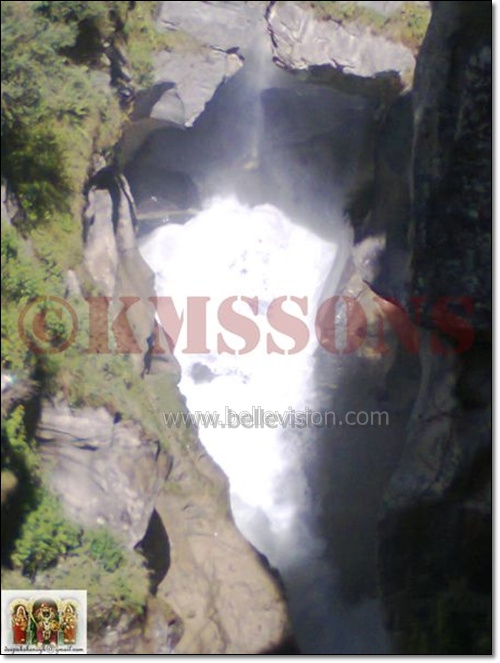
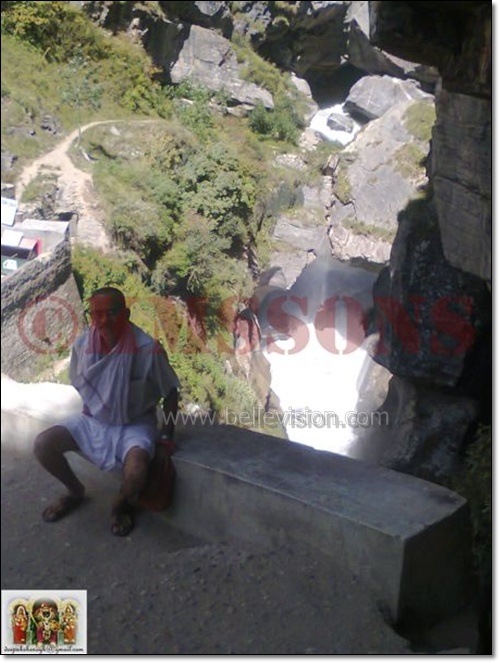
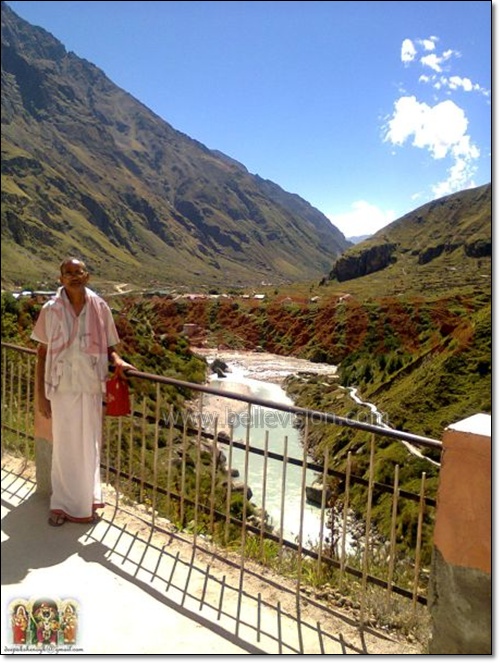
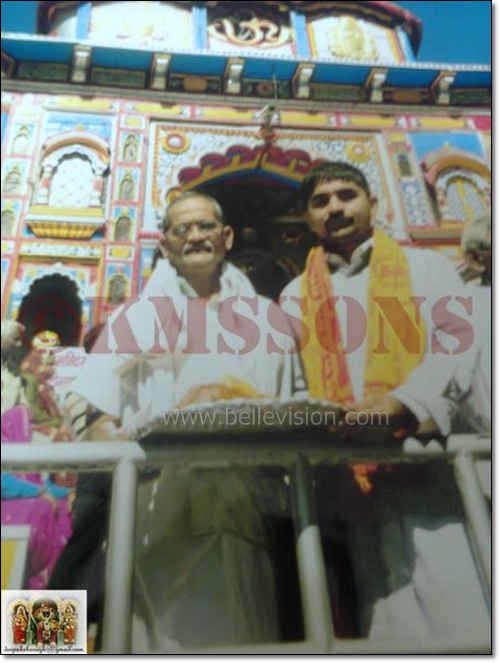
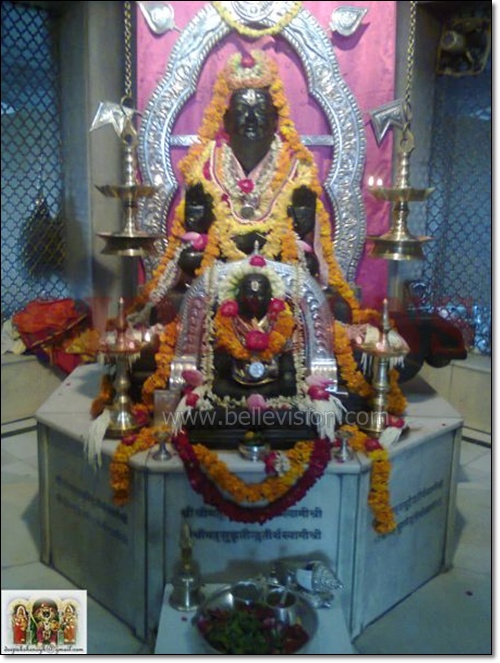
Haridwar’s long standing position as a great source for Ayurvedic medicines and herbal remedies as well as its unique Gurukul school of traditional education, the scenic beauty and lush greenery...all give the city unique flavors and charm; a must among the sojourn centers in a discoverer’s intinary of Uttarakhand - A destination for all seasons.
Haridwar is one of the first towns where Ganga emerges from the mountains to touch the plain. That’s why the water is crystal clear and cool. Lush green forests and small ponds add to the scenic beauty of this holy land. The Rajaji National Park is just 10 kms from Haridwar. It is an ideal destination for wild life and adventure lovers. In the evening the ghats look breathtakingly beautiful as thousands of diyas (lamps) and marigold flowers float and illuminate the holy waters.
Haridwar has not only religious importance but it has another temple of modern civilization i.e. BHEL, a ’Navratna PSU’ to its credit. The Roorkee University at Roorkee is one of the oldest and prestigious institutes of learning in the fields of science and engineering. Another university of the district i.e. Gurukul having vast campus is giving traditional educations of its own kind.
Haridwar district, covering an area of about 2360 sq.km. is in the western part of Uttarakhand state of India. It’s latitude and longitude are 29.58 degree north and 78.13 degree east respectively. The height from the sea level is 249.7 mts. The district came into existence on 28 December. 1988. Prior to its inclusion in the newly created state of Uttarakhand, this district was a part of Saharanpur Divisional Commissionary. The district is ringed by Saharanpur in the west, Dehradun in the north and east, Pauri Garhwal in the east, Muzzaffar Nagar and Bijnor in the south.
The district headquarter is situated in the Roshnabad, at a distance of about 12 kms from railway station. The Collectorate, Vikas Bhawan, District Judiciary, S.S.P. Office, Police line, District Jail, District sports stadium, Jawahar Navodaya Vidyalaya etc. are the prime establishments of this area.
The district is administratively subdivided into three tehsils i.e. Haridwar, Roorkee and Laksar and six development blocks i.e. Bhagwanpur, Roorkee, Narsan, Bahadrabad, Laksar and Khanpur. Haridwar is one of the first towns where Ganga emerges from the mountains to touch the planes. As per the 2001 census, the population of the district is 14,44,213. Due to Haridwar’s location on the bank of river Ganga, it has plenty of water resources and almost all kind of food grains are produced here in abundance. For more statistical details, you may see ’District at a glance’ on this web site.
Brief History of Badrinath:
Badarinath Dham is considered as one of the most sacred centers of pilgrimage situated in the lofty Himalayan heights in the Garhwal hill tracks (Uttarakhand). Situated at the height of 3133 m (10248 feet) above the sea level. The route to Badarinath is one of the most fascinating one due to the lofty hilly terrain, curves and cliffs amidst the most scenically beautiful place on the earth.
Throughout the route to Badarinath there are numerous pilgrimage sites at Deo Prayag, Rudraprayag, Karnaprayag, Nandaprayag and Vishnuprayag as well as Pandukeswar where king Pandu observed Tapasya with his queen Madri and where his sons Pandavas, stayed during their pilgrimage to heaven, and the site where Bhima and Hanuman (sons of Vayu) met.
At Badarinath Lord Maha Vishnu is believed to have done his penance. Seeing the Lord doing his penance in the open, Goddess Mahalaxmi is believed to have assumed the form of Badari tree to provide him shelter to face the onslaught of the adverse weather conditions, therefore the name Badari Narayan. It is believed that Lord Vishnu revealed to Narad rishi that Nar and Naryans forms were his own. It is also believed that Narad rishi, who also did his penance here, is even now worshipping the supreme God with Ashtakshara mantras.
The image of Badarinarayan here is fashioned out of Saligrama. Badarinarayan is seen under the Badari tree, flanked by Kuber and Garuda, Narad, Narayan and Nar. Mahalakshmi has a sanctum outside in the parikrama. There is also a shrine to Adi Sankara at Badarinath.
Behind the temple of Lord Badarinarayan is the Lakshmi Narsimh Mandir, with shrines to Desikacharya and Ramanujachary. At Badarinath one can witness one of the greatest wonders of nature in the hot water springs of Taptkund on the banks of ice chilled river Alaknanda. The temperature of the water in the Kund is 55 degree centigrade whereas the normal temperature in this region for most part of the year remains at 9-10 degree centigrade to sub-zero levels. Before visiting the temple the pilgrims take a holy bath in the Taptkund.
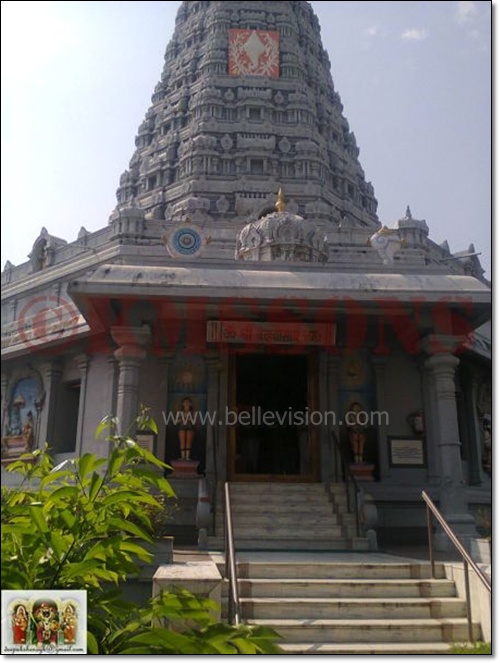
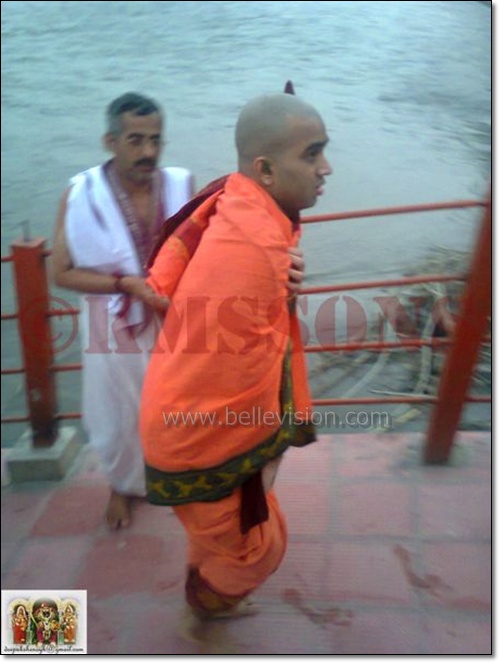
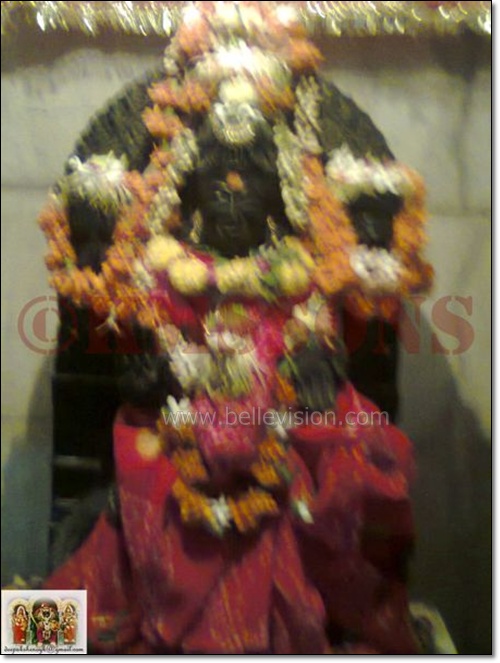
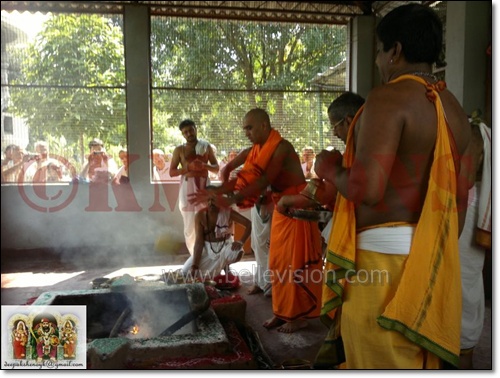
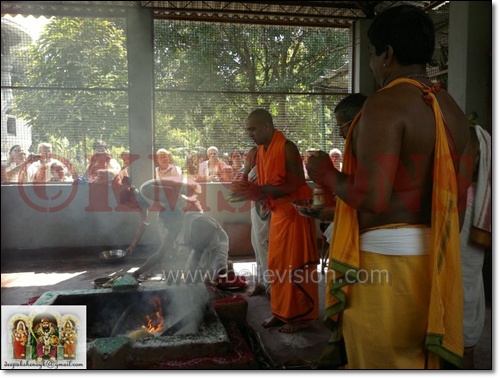
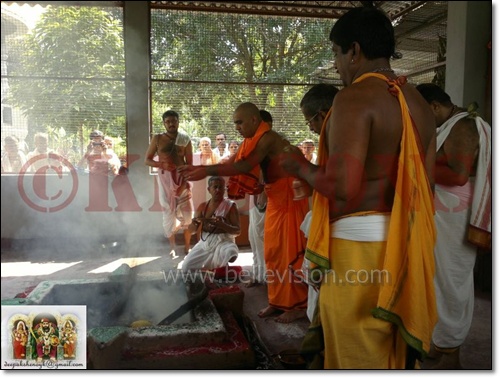
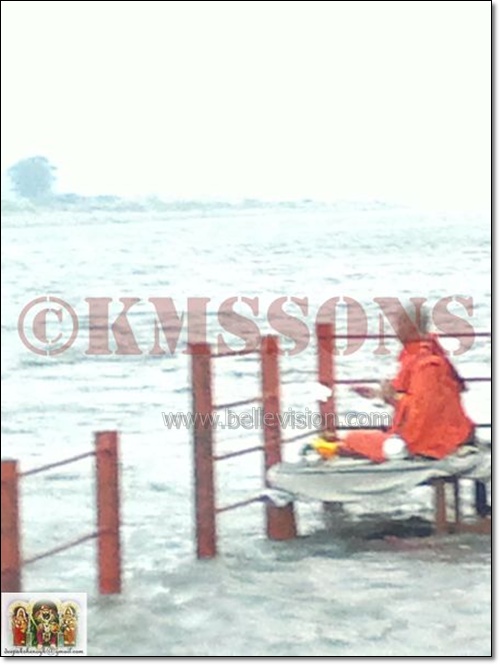
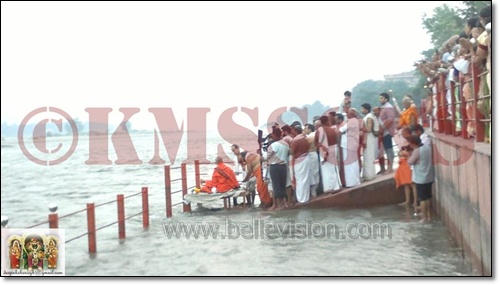
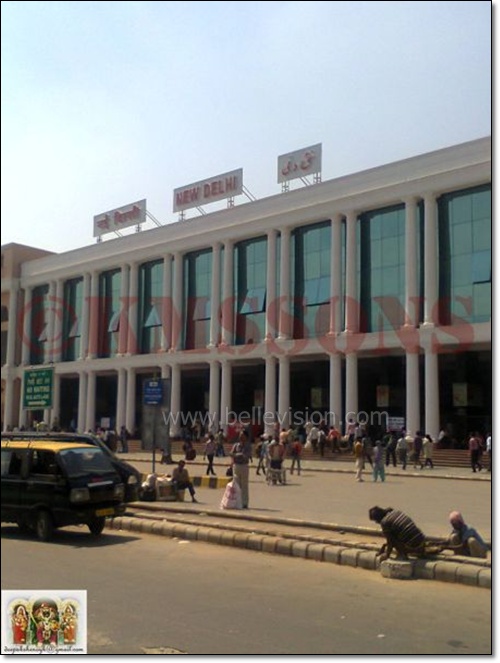
The Temple’s present structure was built by the Kings of Garhwal. The Temple has three sections - Garbhagriha (Sanctum), the Darshan Mandap, and Sabha Mandap. The Garbhagriha (Sanctum) houses Lord Badari Narayan, Kuber (God of wealth), Narad rishi, Udhava, Nar and Narayan.
Lord Badari Narayan (also called as Badari Vishal) is armed with Shankh (Conch) and Chakra in two arms in a lifted posture and two arms rested on the lap in Yogamudra. The principal image is of black stone and it represents Vishnu seated in meditative pose. The temple also houses Garuda (Vehicle of Lord Narayan). Also here are the idols of Adi Shankar, Swami Desikan and Shri Ramanujam. Guru-Shisya parampara is supposed to have its roots here.
The ideal time or peak season to go for a Char Dham Yatra is from May to October, except monsoons. This is because all the four sacred sites are perched in Garhwal Himalayas, which is prone to heavy snowfall. As a result, all the passage leading to the shrines are blocked. Moreover, during the monsoon season, there is undue threat of having landslides, which can further disrupt the journey. For safety reasons, the gates of the temples are also closed for this period of time and the idols are shifted to nearby pilgrim points.
| Comments on this Article | |
| DEEPAK SHENOY K, UDUPI | Thu, October-11-2012, 6:00 |
| Thank You Natasha Ji for your views expressed and this will surely support me in my future writing carrier. | |
| Natasha, Shivbagh | Wed, October-10-2012, 12:39 |
| Thank you for the informative article Deepak and to Bellevision for giving writers this platform. Some pictures were not clear, but its ok as the message is clear. | |




 Write Comment
Write Comment E-Mail To a Friend
E-Mail To a Friend Facebook
Facebook Twitter
Twitter  Print
Print 














